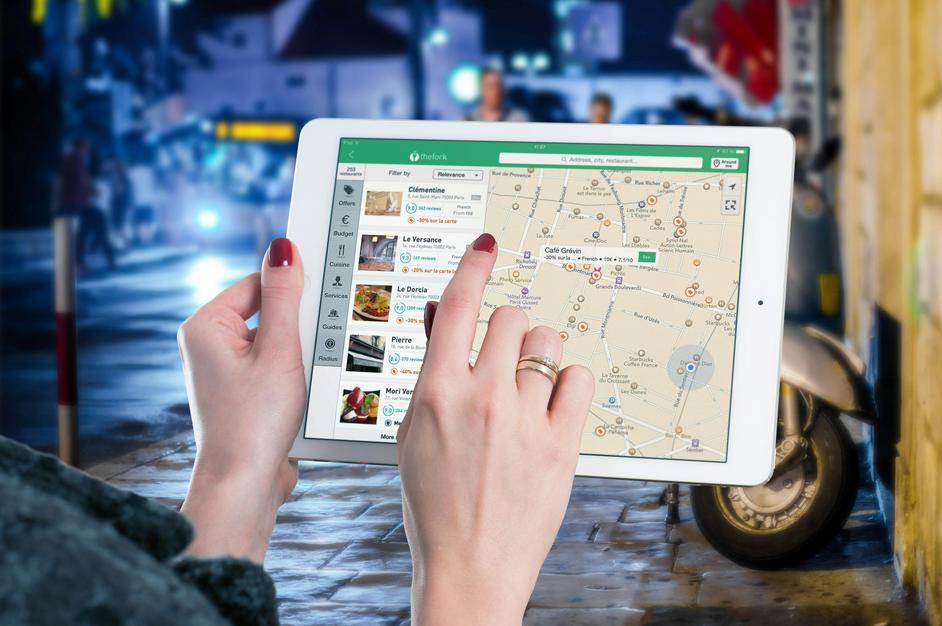Location-based marketing has emerged as a crucial strategy in the digital age, providing businesses with a powerful tool to reach consumers in real-time. By leveraging the geographical location of potential customers, companies can deliver highly personalized and timely content that resonates deeply with the target audience. As consumer habits continue to evolve, businesses must adopt innovative methods to engage their audience right where they are, making location-based marketing more relevant than ever.

Table of Contents
Understanding location-based marketing
Location-based marketing involves using data gleaned from mobile devices to offer personalized advertisements and promotions to individuals based on their current or past locations. This marketing strategy gained momentum with the proliferation of smartphones equipped with GPS capabilities, allowing marketers to target users precisely. For instance, a restaurant might send a discount coupon to a potential customer passing nearby. By tailoring content to geographical contexts, businesses can increase engagement and, ultimately, conversion rates.
The significance of location-based marketing lies in its ability to target consumers more effectively by aligning marketing strategies with local trends, needs, and events. For example, a clothing retailer might promote raincoats in areas experiencing wet weather. Additionally, local events and cultural happenings can be leveraged to create relevant promotions, enhancing the perceived value of the offer and fostering a stronger connection with local consumers. This approach ensures advertisements are not only seen but also interacted with, thereby increasing the likelihood of conversions.
Technological advancements have fostered the evolution of location-based marketing, enabling more precise targeting and improved customer experiences. Innovations such as geofencing—where a virtual boundary triggers actions when a device enters or exits an area—allow businesses to send push notifications to consumers as they approach a physical store. Furthermore, combining location data with analytics tools enhances campaign effectiveness by helping marketers understand consumer behaviors and optimize their strategies accordingly. As technology continues to advance, location-based marketing is set to become even more sophisticated, offering businesses myriad opportunities to engage their audiences more effectively.
In the world of digital marketing, geofencing and proximity marketing stand out as innovative strategies that leverage location-based technology. These techniques enable businesses to create virtual perimeters, known as geofences, around specific geographic areas. When potential customers cross these invisible boundaries, tailored advertisements or notifications are triggered, reaching them at opportune times. This approach not only enhances marketing precision but also increases the likelihood of engaging customers in meaningful ways.
Geofencing and proximity marketing
Geofencing technology involves setting up virtual boundaries using technologies like GPS, RFID, or Wi-Fi to determine a user’s location with impressive accuracy. Businesses can then use these geofences to deliver content that is relevant to the area, such as promotions for nearby stores or events specific to the location. This personalization of marketing efforts ensures that messages reach consumers when they are most likely to engage. A classic example is a retailer sending a discount coupon to a customer’s phone when they walk past the store, thereby increasing foot traffic and sales potential.
Proximity marketing, a subset of geofencing, focuses on delivering content based on an even more precise location context. This technique often relies on beacons, small devices that use Bluetooth technology to communicate with nearby smartphones. For instance, within a museum, beacons might send detailed exhibit information to a visitor’s device as they approach a specific display. This level of personalization not only enriches user experience but also strengthens brand loyalty by providing relevant content at the right moment.
Implementing geofencing and proximity marketing requires a strategic approach. Businesses must identify key locations and determine the types of content likely to engage the target audience effectively. It’s crucial to ensure that permissions for location services are obtained, maintaining consumer trust and compliance with privacy regulations. Companies can harness these technologies to drive engagement and boost sales significantly. For example, fast-food chains often use geofencing to attract customers by sending special offers when they are nearby, which has proven to enhance immediacy in consumer decision-making.
In the fast-paced world of digital marketing, crafting location-specific offers and messages is a strategy that transforms engagement into conversion. By tailoring content to resonate with local audiences, businesses can significantly enhance their marketing effectiveness. This approach goes beyond mere translation; it requires a deep understanding of local culture, preferences, and behaviors. By tapping into these insights, marketers can create compelling offers that speak directly to the needs and desires of their target audience, ultimately driving increased customer engagement and conversion rates.
Crafting location-specific offers and messages
To develop effective location-specific offers, marketers should begin by conducting thorough research into their target locale. This involves understanding the cultural nuances, local events, and even seasonal variations that may impact consumer behavior. For instance, a sports apparel company might tailor its messaging around a major local sporting event, offering exclusive promotions or limited-edition merchandise to generate excitement. By aligning offers with local interests, businesses not only increase relevance but also foster a stronger emotional connection with potential customers.
Moreover, language plays a crucial role in crafting location-specific messages. It’s essential to use local dialects, slang, or references that resonate with the audience. Consider a campaign targeting customers in London; using British colloquialisms and cultural references can make the message more relatable and engaging. This localized approach enhances the perceived authenticity of the brand, as it demonstrates a genuine understanding and appreciation of the customer’s context. As a result, messages are more likely to capture attention and inspire action.
Finally, employing geolocation technology can help refine this strategy even further. Businesses can harness data to deliver targeted offers at the right time and place. Imagine a coffee shop that sends a special discount to nearby commuters on a chilly morning, creating a timely and relevant incentive to visit. By leveraging technology in this manner, marketers can ensure that their location-specific offers reach the right people at the most opportune moments, maximizing the potential for conversion and fostering long-lasting customer loyalty.
